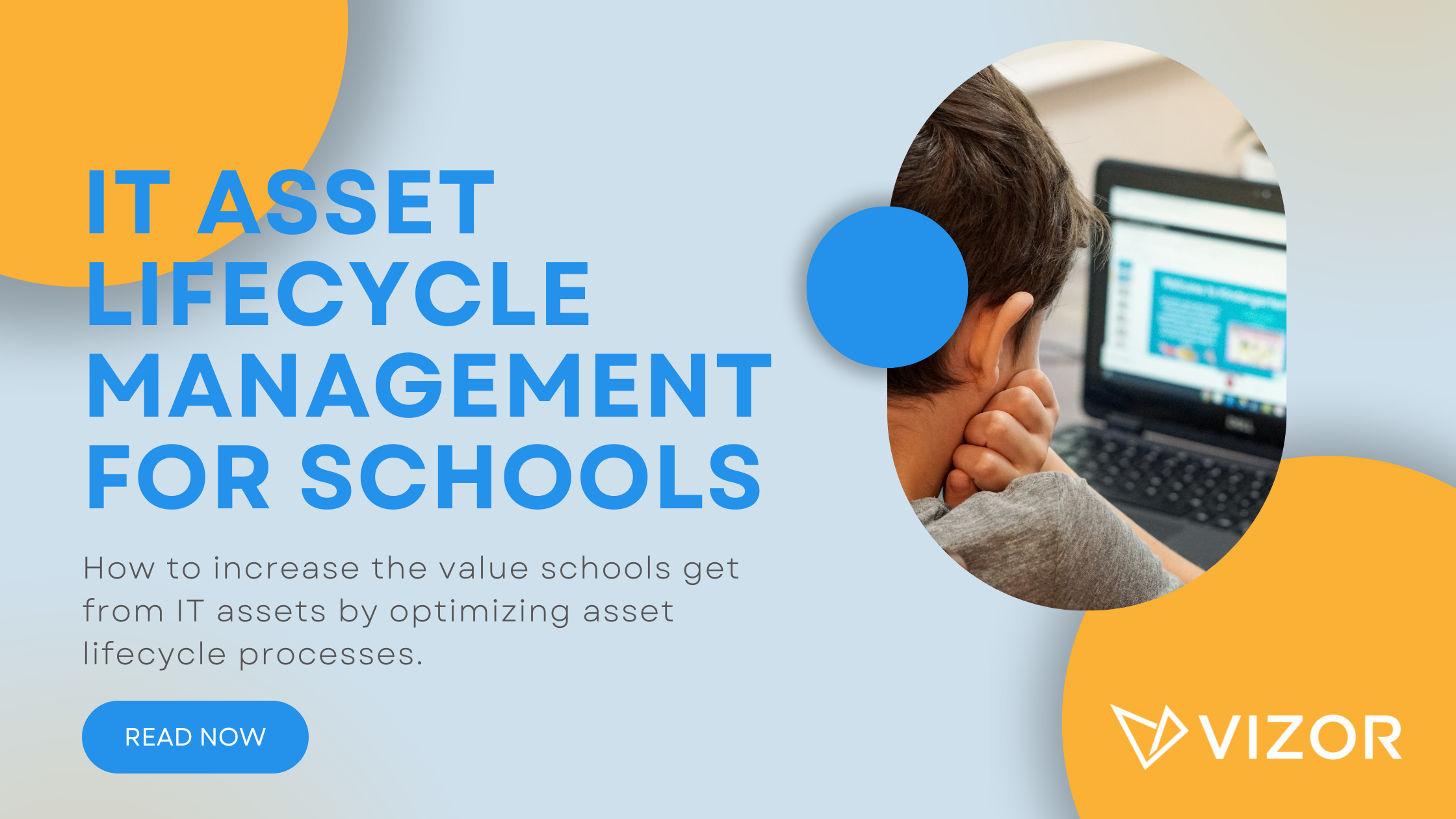Top Unique Service Desk Features You Need
It’s getting harder to choose a service desk solution as they are starting to offer most of the same benefits. As hardworking employees, we don’t want to settle for “just okay”. We want a great service desk that will help improve IT workflows as well as achieve organizational goals. Therefore, instead of focusing on the basic service desk features you should have, we focus on unique features that will help in achieving those goals.
Deploy On-Cloud or On-Premises
There’s a debate between on-cloud or on-premises solutions, with security being the main issue. There is the belief that it isn’t safe to store data floating around on a cloud. Although security should be considered, Xperience Cloud claims the pros and cons of both options based on accessibility, affordability, predictable costs, maintenance, deployment, scalability and energy costs. The decision depends on several factors including your company size, industry, and type of software. The organization’s objectives should also be considered. As a result, it is beneficial to search for a service management solution that offers both on-cloud and on-premises options. After a few years of using on-cloud, you might decide that an on-premises solution is required instead. Thankfully, your solution will already have that option. This saves time looking for a completely different solution and prevents getting all employees used to a new system.
Service Level Agreement (SLA)
The SLA is best known as a feature that helps streamline ticket processing by setting up parameters specific to your workflows. For example, the HR Manager needs a computer setup with Microsoft Office. The SLA allows you to manage the response time according to priority and urgency. In this case, the response time for the HR Manager must be within two hours. However, the ticket gets submitted at 4 pm, right before the working day is over. The SLA allows you to set up operation hours and holidays so the ticket doesn’t get lost or forgotten. Instead, on the next working day, it will simply be brought up to be done within the first hour. If a ticket takes longer to complete, the user can see its progress on their Service Desk dashboard.
Simplified Workflow
When a ticket gets submitted, it will automatically get assigned to the appropriate person, depending on how you configure your workflow. Tickets can be divided among three people who divide the tickets and send them out or the SLA can automatically send them out. If a technician is unavailable or on vacation, the tickets will be automatically reassigned the appropriate person. A technician will receive an email as well as a reminder if the ticket is not attended. In some cases, the IT departments prefer users to submit tickets via email. The program will detect keywords from the email and allocate the ticket accordingly. Therefore, no matter how you receive tickets, the process can be streamlined.
Ability to Integrate with IT Asset Management
Several companies already have IT Asset Management (ITAM) or Software Asset Management (SAM) processes in place. ITAM tracks hardware determines who has what, where the device is located and how many of each device the organization owns. SAM tracks the software installed on every device, including software licenses and cloud subscriptions. A service desk can integrate with these solutions to benefit the organization even further.
When an issue is submitted about a computer, the technician can:
- Use the IT asset management to check how old the device is if there is a replacement device and the warranty of the computer
- Determine what software is installed on the computer, which may be causing problems.
Leveraging the organization’s tools allows IT to be more efficient as well as the ability to monitor the assets, contracts, and costs associated with incidents.
Extensive Reporting Capabilities
It can be quite difficult to measure the performance of technicians who are always moving around the company. A modern service desk has the capability of measuring how efficient the whole department is by producing extensive reports. They are customized to the Key Performace Indicators that are most important to your goals.
You can do so much more than just monitoring the issues that are submitted, who is submitting the tickets, and which technicians are solving issues. You can export more detailed data such as the most recurring issue, which device is causing the most problems and which technician is solving the most issues. It is possible to report the time taken to complete issues, which room has the most problematic devices and which employee submits the most tickets. This data give valuable insight on how the services can be improved as well as other important decisions. Maybe it’s time to buy new equipment because the projectors don’t work well or hire an extra technician because each technician has too many tickets. The results can also bring out recommendations such as training manuals or a better Knowledge Base because it is noticed that many employees are having similar issues.
User Survey
In addition to reporting, it can be helpful to get employee opinions of the IT services. Therefore, a convenient service desk feature is the option to send out anonymous surveys. SnapSurveys explains how surveys serve as a non-intimidating tool to get truthful feedback. Whether you want to monitor a technician’s work after each job or a new process after a few weeks of being used, surveys can be automatically sent to employees with the help of a service desk. Gather user feedback with multiple choice questions, ratings or comment sections. Tailor the questions to measure the metrics most important to you and automatically add them in your reports.
Whether you choose a cloud or on-premises program, the inflow of tickets will be automatically assigned and handled according to your service level agreements. The opportunity to integrate your service desk with existing programs increase the value of your purchase and provide more metrics for your reports. A service desk benefits more than just the IT department. The benefits pass on to the rest of the organization as employees work more efficiently. Even when something goes wrong, a service desk establishes a trusting relationship with the IT department. The data gathered on metrics help decision makers make important decisions and see a faster ROI.
Share this article with your coworkers!
Need a IT Asset Management Tool?





